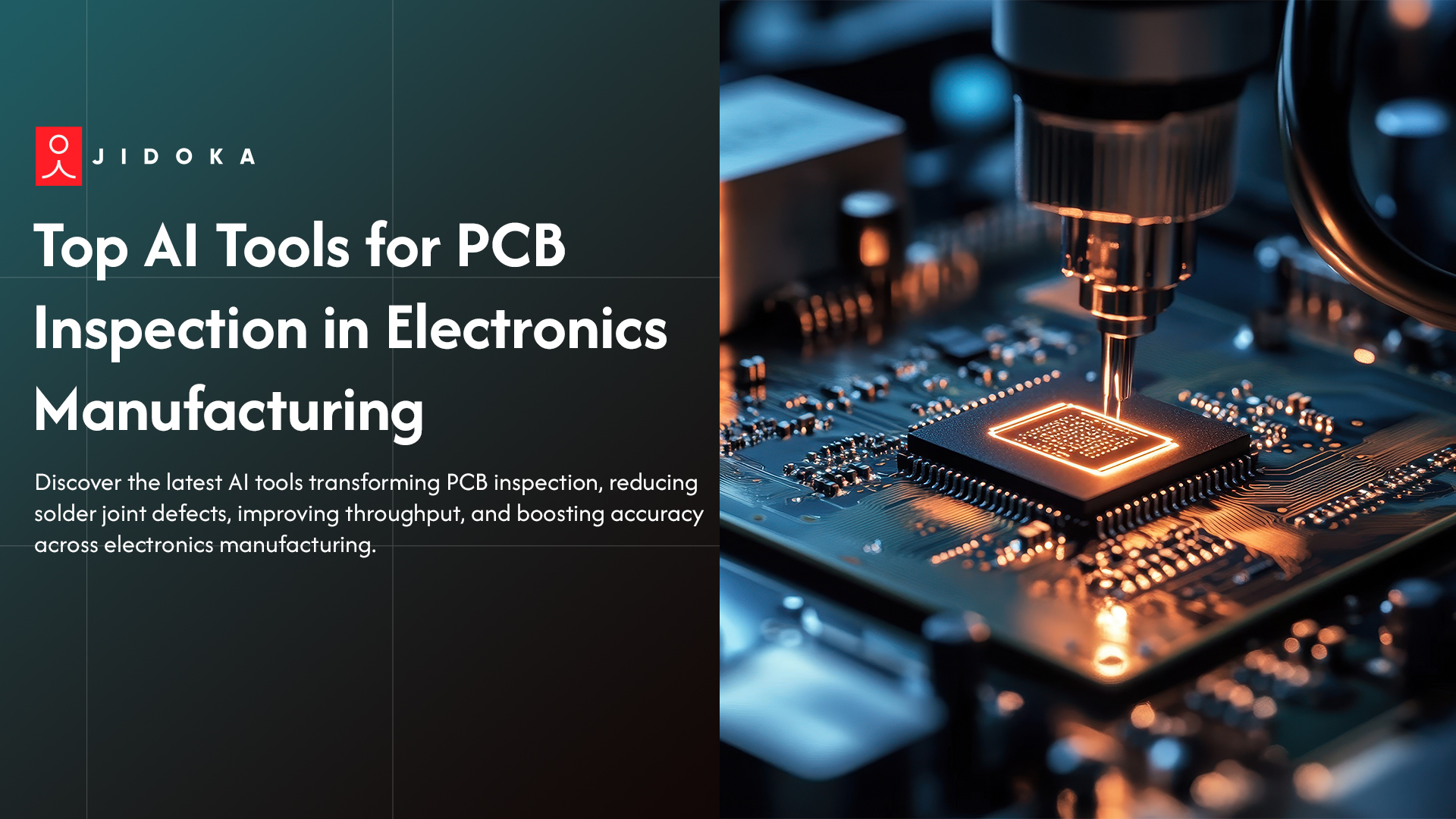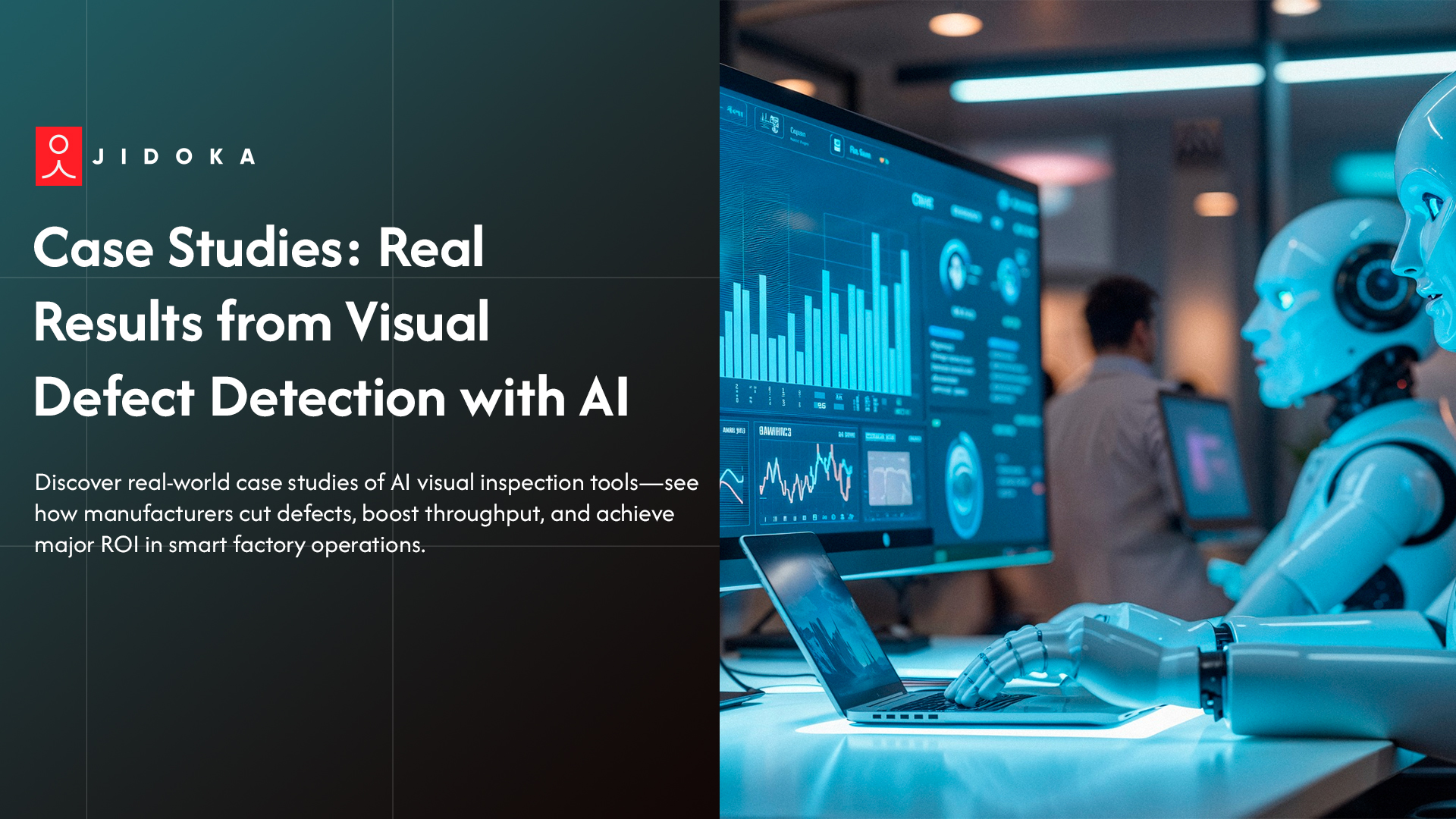One tiny defect in U.S. manufacturing can cost millions. A single, microscopic chip in a plastic bottle mouth causes a product to leak or fail. This leads to recalls, which a 2024 report estimates cost over $1.92 billion in direct expenses. The pressure for 100% quality control is intense.
With 65% of manufacturers fast-tracking automation, the need for good machine vision quality control is clear. But on a high-speed line, how do you catch every flaw? It's not just about finding defects; it's about doing it efficiently.
This blog breaks down 5 ways to get peak efficiency in plastic bottle mouth defect detection, using systems like visionpro plastic bottle mouth defect detection.
What is Plastic Bottle Mouth Defect Detection (And Why Is It So Hard?)
Let's look at what this inspection actually does.
This isn't just looking for simple cracks. Modern plastic bottle mouth defect detection uses high-speed cameras and intelligent software to scan the "sealing surface" of a bottle. This is the critical rim that contacts the cap. Any flaw here can compromise the seal and ruin the product. The challenge is twofold.
1. The High-Speed Challenge: Speed vs. Accuracy
Manufacturers cannot slow down. A modern beverage line runs at 600 bottles per minute (BPM) or more. This means the machine vision quality control system must acquire, analyze, and make a pass/fail judgment in nanoseconds, all while the bottle is in motion.
2. The "Near-Invisible" Defects
The most dangerous flaws are often clear, on clear plastic. This makes the defect classification very difficult for any plastic bottle mouth defect detection system. We are looking for:
- Short Shots: Incomplete molding where the plastic didn't fill the mold.
- Flash: Whisker-thin excess plastic that stops a seal.
- Contamination: "Black specs" of burned plastic embedded in the rim.
- Ovality: The bottle mouth isn't perfectly round, leading to a poor cap fit.
- Pin Holes: Microscopic holes in the sealing surface that let air or bacteria in.
Finding these flaws at 600 BPM is a serious challenge. So, how do the best systems achieve this efficiency?
5 Best Ways to Achieve Detection Efficiency
Efficiency in machine vision quality control means finding 100% of defects with 0% false positives, all without slowing your line. Here is how the best systems do it.
Way 1: Use AI & Deep Learning (Not Just Traditional Vision)
Traditional vision systems use rigid, rule-based algorithms. If a shadow is 0.1mm off, it's a "defect." This leads to a high "false reject" rate, wasting good products. AI-powered systems, like those using visionpro plastic bottle mouth defect detection software, are different.
You train them with examples, teaching them what a "good" and "bad" bottle mouth looks like. The AI learns to spot new, complex flaws, ignore harmless cosmetic noise, and drastically reduce false positives. This defect classification is much more accurate.
Way 2: Implement Multi-Camera & 3D Inspection
A single top-down camera is blind. It cannot see the side of the bottle mouth or measure its flatness. An efficient setup uses a multi-camera array, often one top-down and four side-angle cameras, to create a 360-degree view. Better still, 3D laser displacement sensors scan the sealing surface with micron-level accuracy.
This is the only way to perform bottle integrity testing for geometric warping (ovality) and to check that the sealing surface is perfectly flat.
Way 3: Optimize Advanced Lighting & Optics
This is the secret weapon of machine vision quality control. You cannot inspect what you cannot see. For "clear-on-clear" defects, specialized lighting is key.
- Axial Diffuse Lighting: This creates a bright, shadow-free field. The "good" flat surface of the rim reflects light, appearing bright. Any chip or flash is angled, which scatters the light and appears as a sharp, dark flaw.
- Backlighting: This shines light through the bottle mouth, instantly revealing any "black spec" contamination or pinholes. This high-speed inspection relies on the right light making the defect "pop" for the camera.
Way 4: Integrate High-Speed Rejection & Feedback Loops
Finding a defect is pointless if you cannot remove it. An efficient system connects directly to a high-speed air jet or servo-pusher that ejects only the single failed bottle from the line.
This is a key part of quality control automation. The data does not stop there; the system provides a real-time dashboard showing what defects are happening where. This feedback loop allows operators to fix the root cause, like a specific failing mold, upstream.
Way 5: Unify Your Inspection Software
Your bottle mouth inspection should not be a separate "island." The most efficient operations integrate this task on a single machine vision quality control platform.
The same software checking the mouth should also handle packaging label inspection and OCR for packaging (reading date codes). This unifies your data, simplifies operator training, and lowers your total cost of ownership.
These five methods create a powerful system. But there is a manufacturing principle that brings this industrial automation to the next level.
How Jidoka Can Revolutionize Your Production Line
Jidoka is a lean manufacturing principle that is perfect for quality control automation. It means "automation with a human touch." Instead of just rejecting bad parts, Jidoka makes your system smart enough to act.
- Traditional Automation: Rejects 1,000 bad bottles. An operator finds them hours later.
- Autonomation (Jidoka): The system detects the first bad bottle, automatically pauses the line, and alerts an operator to fix the root cause.
This approach stops the mass production of defects. It turns your plastic bottle mouth defect detection system into a true process improvement tool, reducing production line downtime in the long run.
We have seen this principle work, with 48+ Trusted Customers Worldwide and 100+ Successful Implementations.
This method helps you move from finding defects to preventing them → Jidoka.
Conclusion
Many machine vision quality control systems fail in the real world. They create too many false rejects, wasting good products and money. They miss the "clear-on-clear" flaws that matter. They struggle to keep up with high-speed inspection demands and require constant expert adjustments.
This failure leads directly to the worst-case scenario. When your plastic bottle mouth defect detection misses one flaw, that bottle ships. It leaks. A customer is harmed. You face a product recall and catastrophic brand damage. You cannot afford a single recall.
The solution is to stop just "finding" defects and start "preventing" them. By integrating AI-driven software like visionpro plastic bottle mouth defect detection, multi-camera 3D hardware, and Jidoka principles, you create a complete system.
Connect to Jidoka today to build your zero-defect production line.
FAQs
1. What's the main difference between AI and traditional vision for defect detection?
Traditional machine vision quality control uses rigid rules, leading to high false rejects. AI in manufacturing learns from examples to improve defect classification, spotting complex flaws while ignoring cosmetic noise. This advanced quality control automation provides superior packaging quality assurance and reduces waste.
2. How fast can a visionpro plastic bottle mouth defect detection system run?
Systems for visionpro plastic bottle mouth defect detection are built for extreme high-speed inspection. They are not a bottleneck. These powerful machine vision quality control setups can inspect up to 1,200 bottles per minute, ensuring 100% bottle integrity testing without slowing production.
3. Can one system inspect the bottle mouth and the label?
Absolutely. A unified machine vision quality control platform is the efficient choice. It can be configured to perform plastic bottle mouth defect detection, cap checks, packaging label inspection, and OCR for packaging date codes. This single system provides total packaging quality assurance on one line.
4. What is the single biggest challenge in plastic bottle inspection?
The biggest challenge is reliably finding low-contrast, "clear-on-clear" defects, like plastic flash on a clear rim. This requires advanced lighting solutions to make these flaws visible for accurate defect classification. Achieving this during high-speed inspection is the main goal of quality control automation.
5. How does 3D vision help detect bottle mouth defects?
A 2D camera sees flat; it's blind to warping or ovality on the sealing surface. 3D vision creates a 3D model to measure height, flatness, and geometry. This is the only way to perform true bottle integrity testing and ensure a perfect seal, taking your machine vision quality control to the next level.
%20Plastic%20Bottle%20Mouth%20Defect%20Detection_%205%20Best%20Ways%20to%20Achieve%20Efficiency.jpg)







